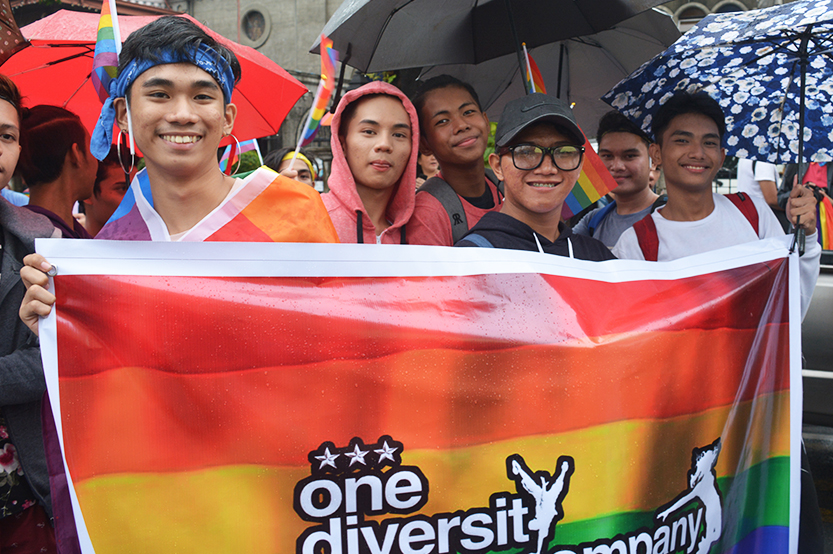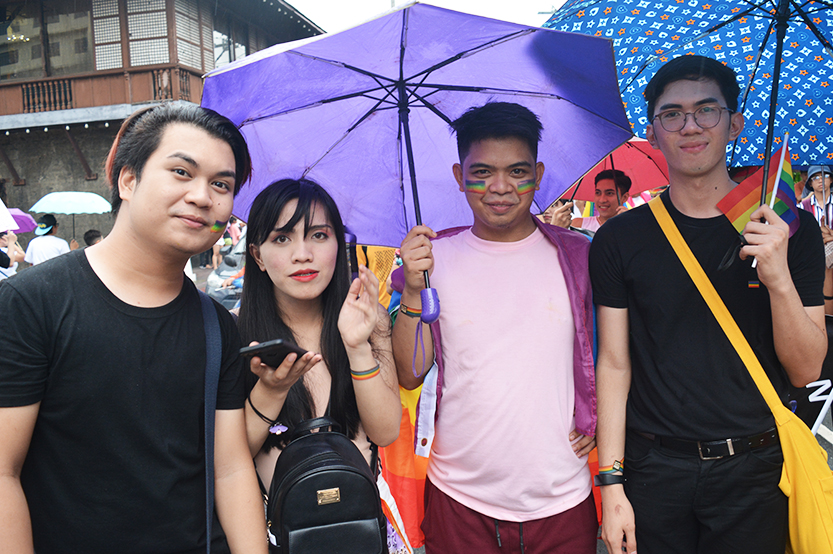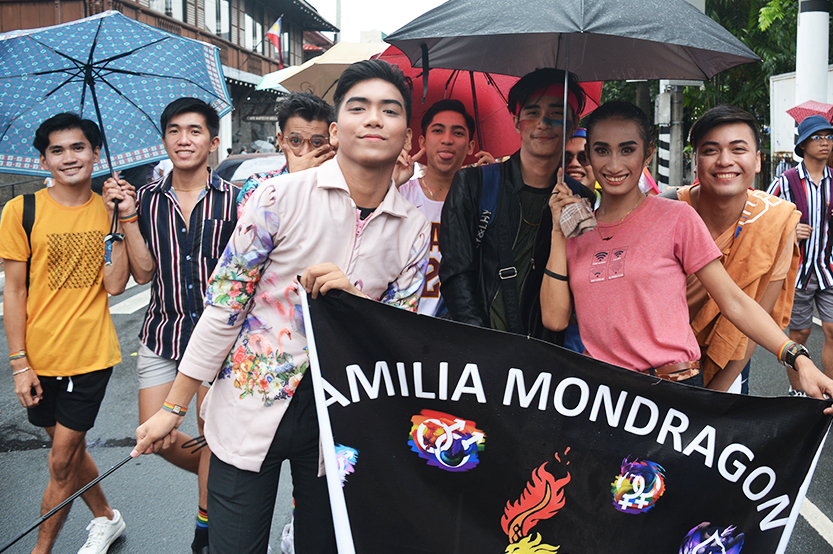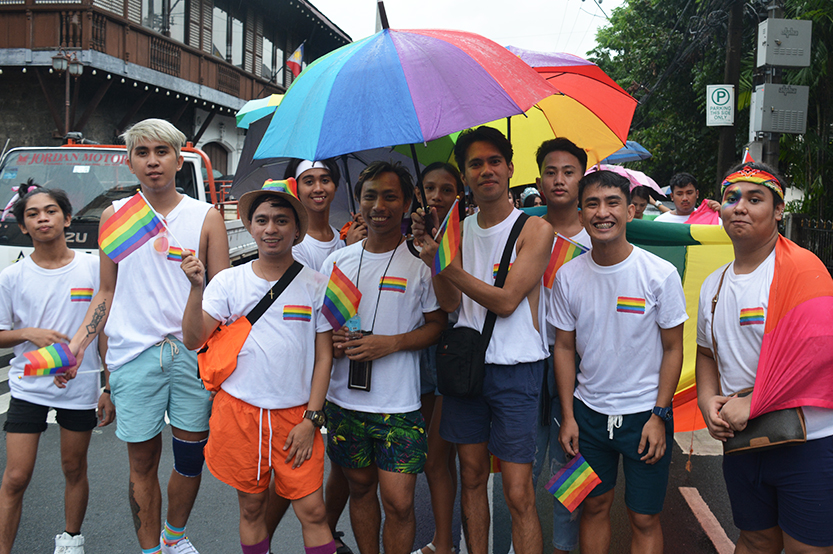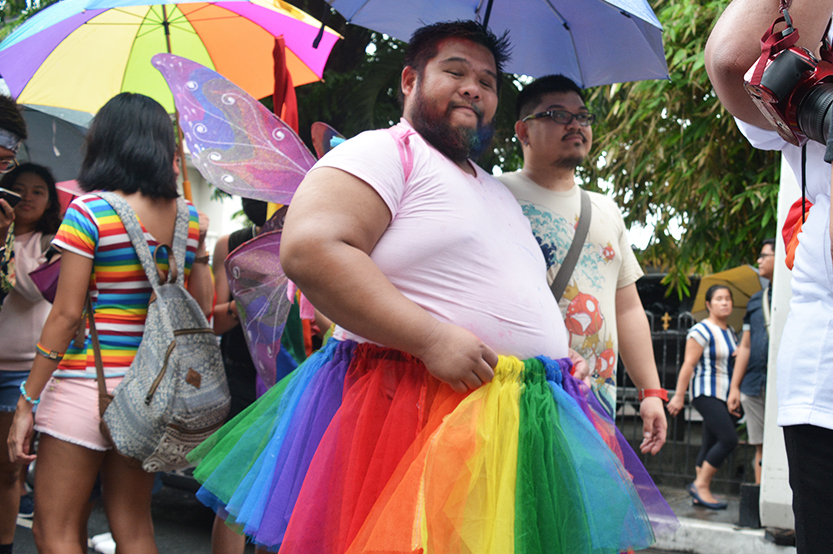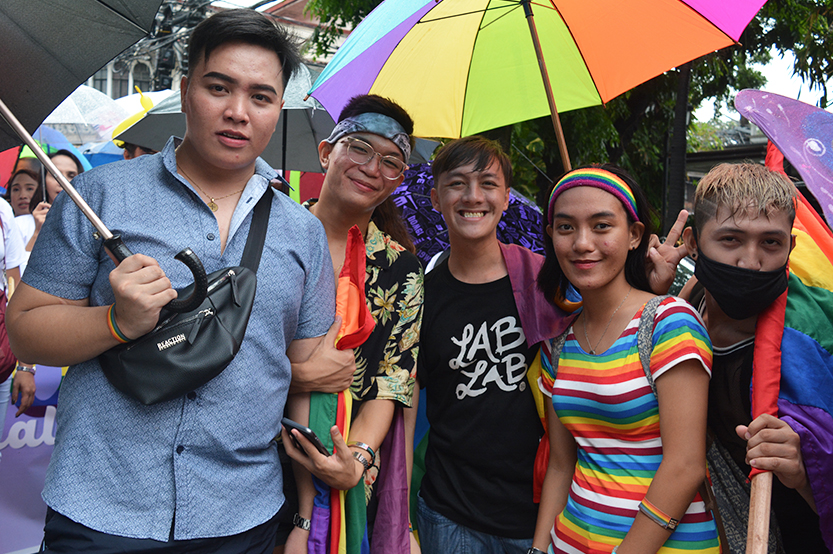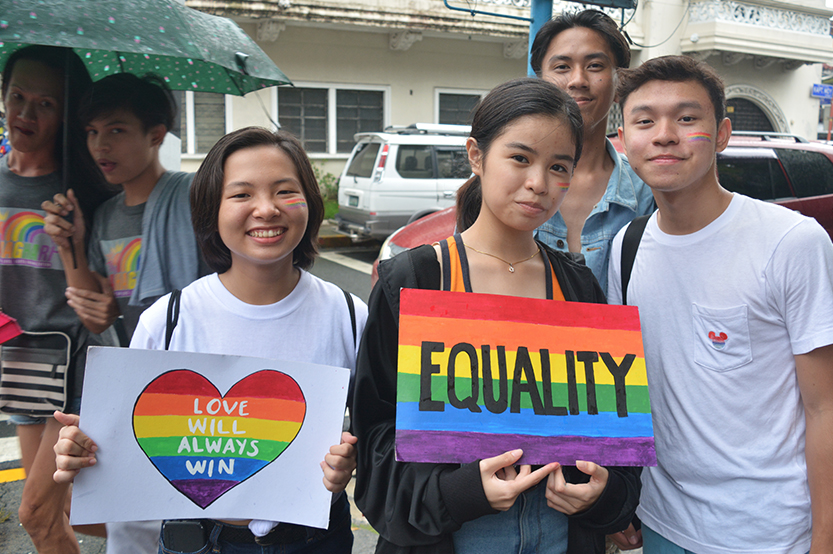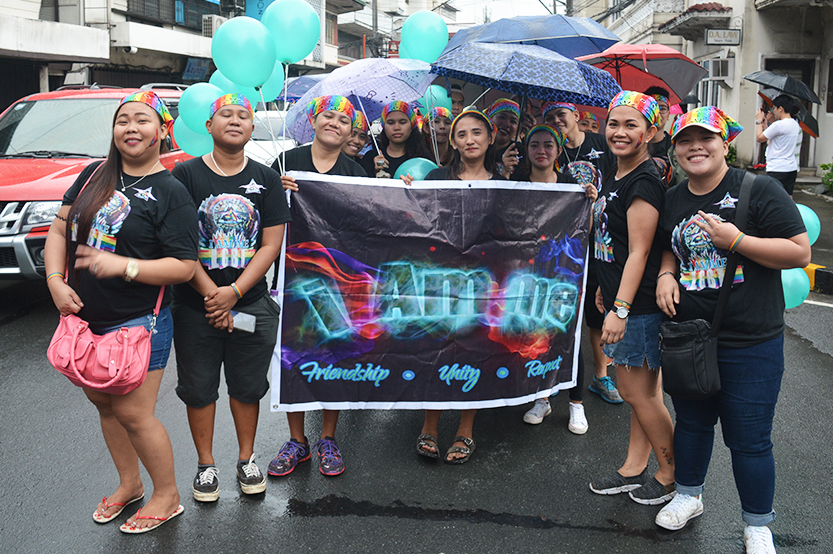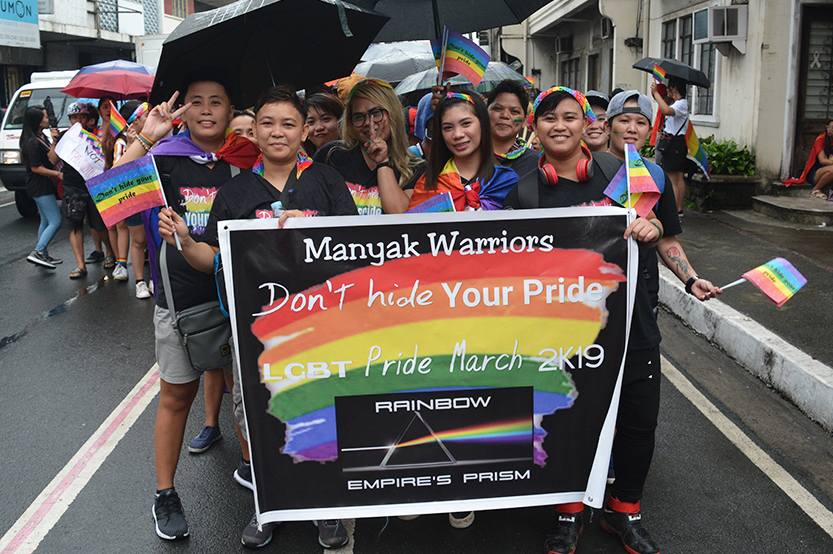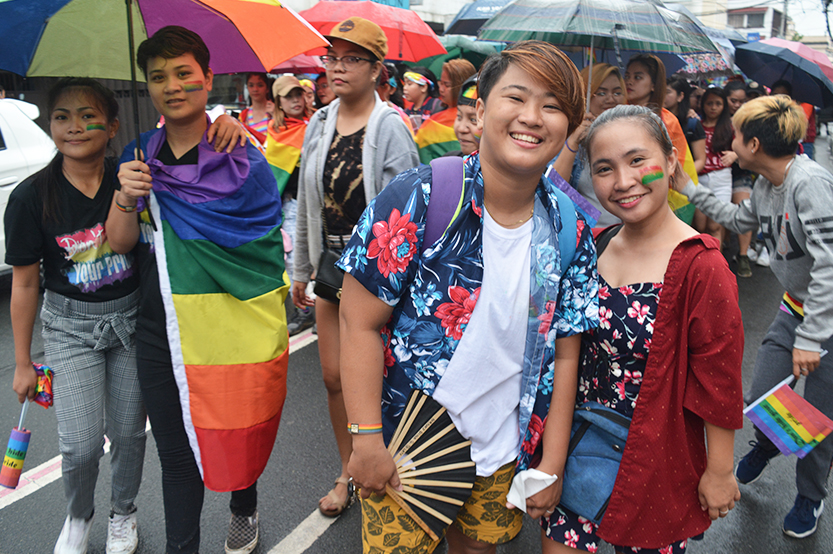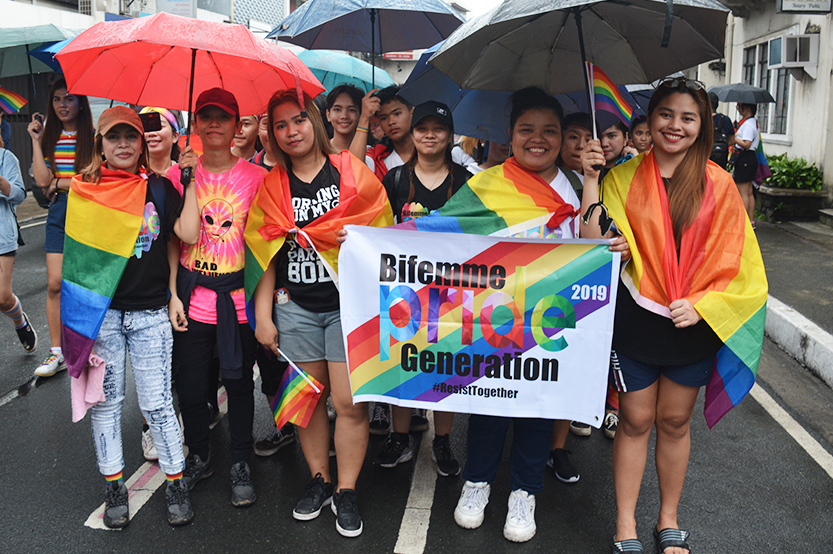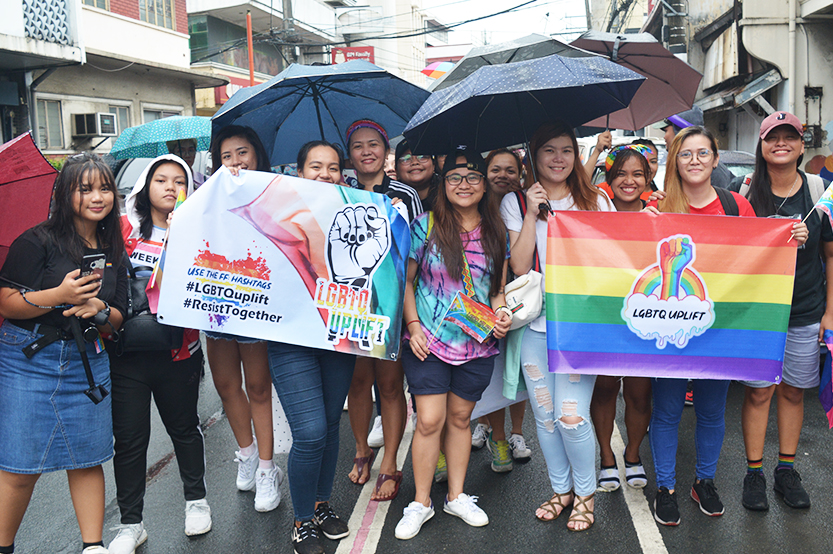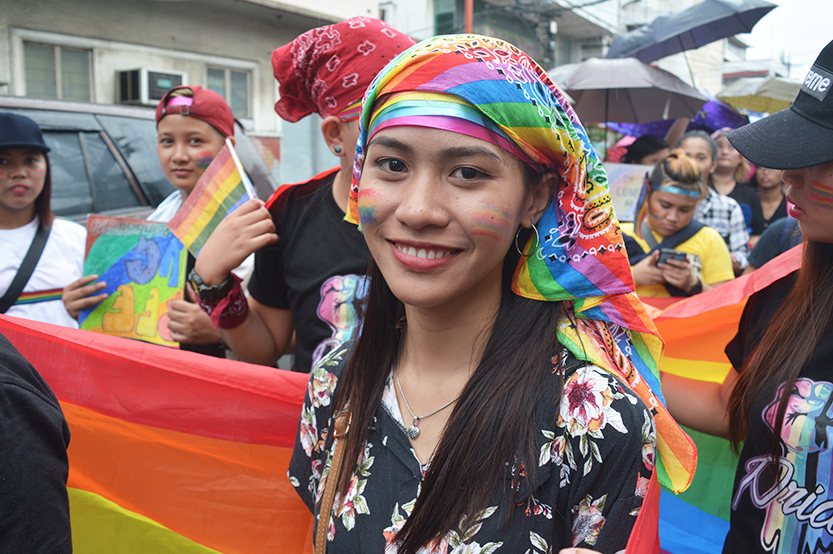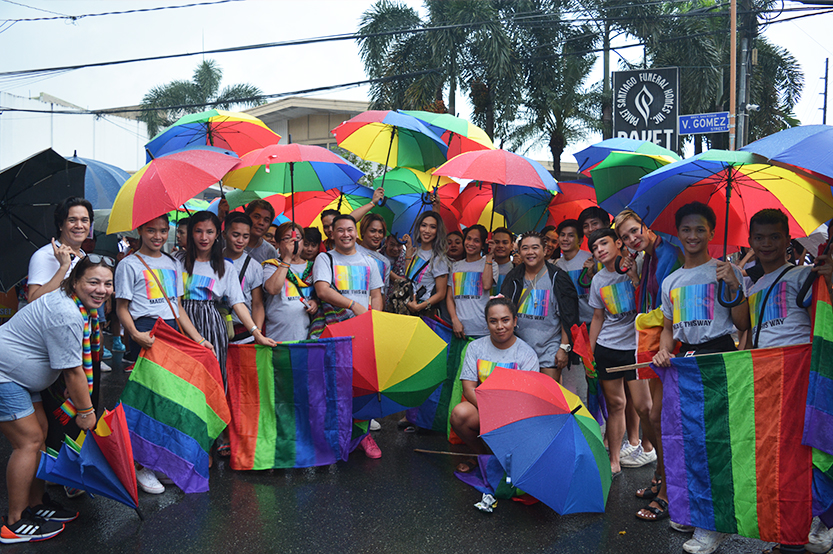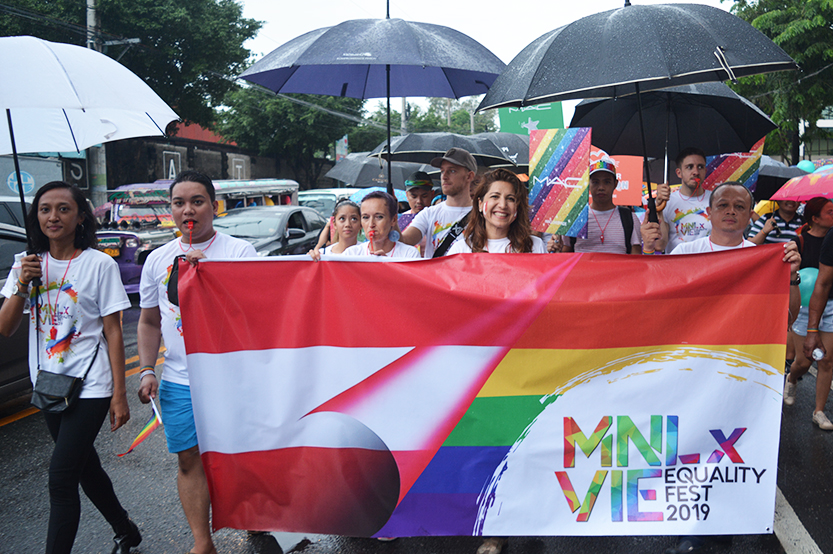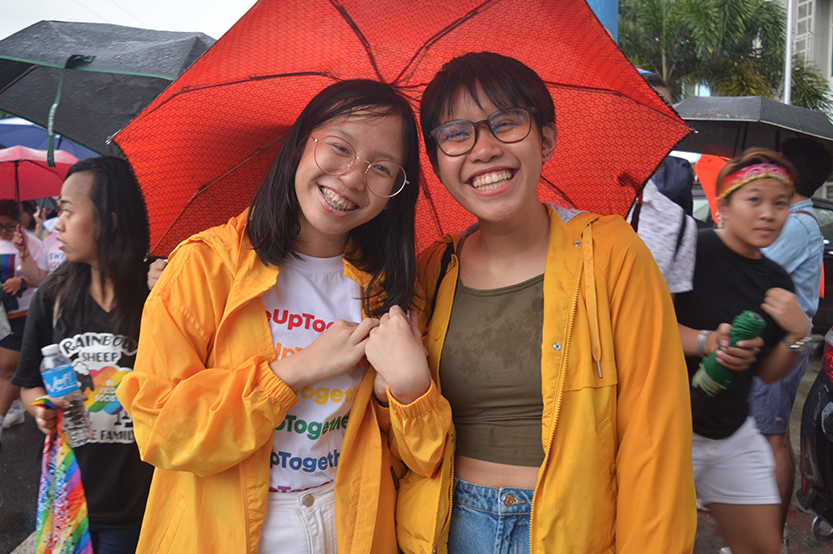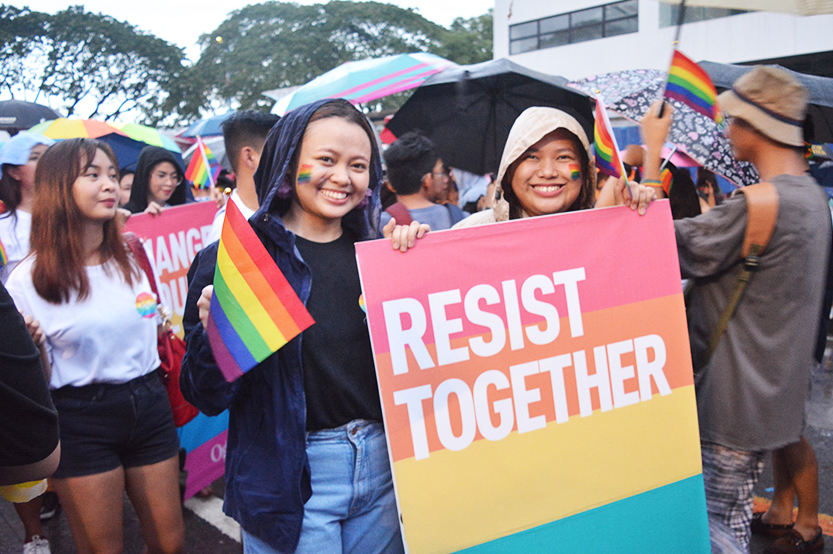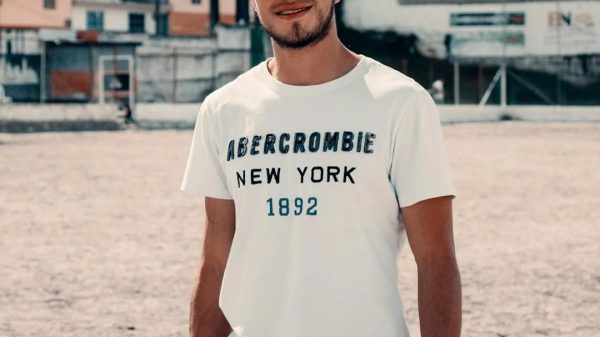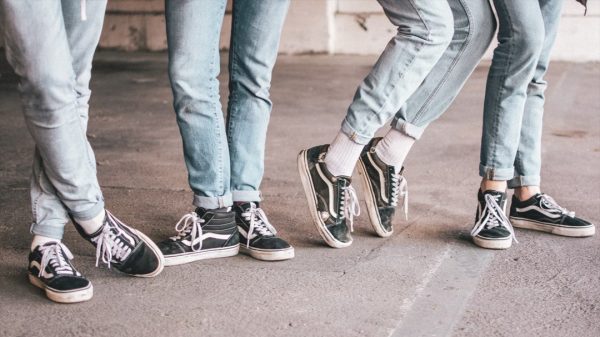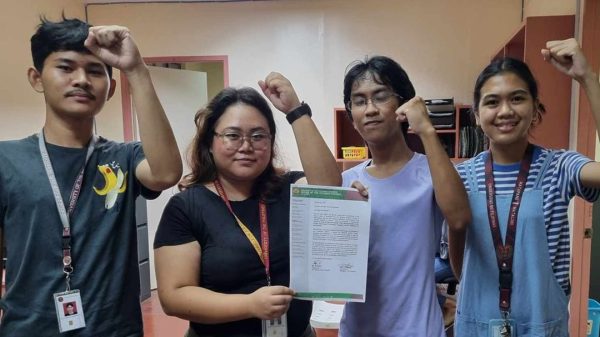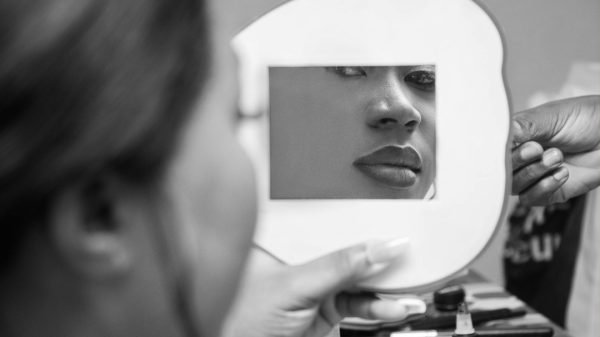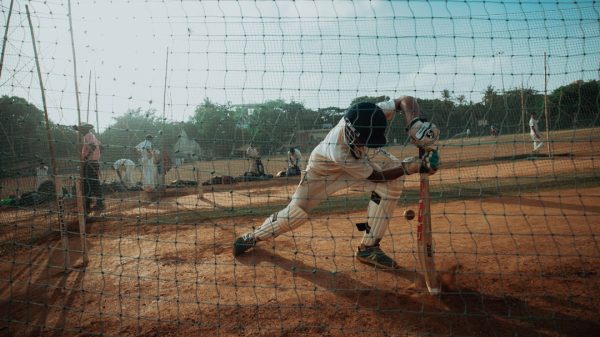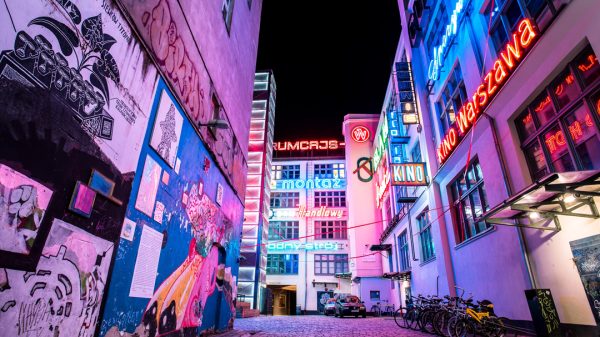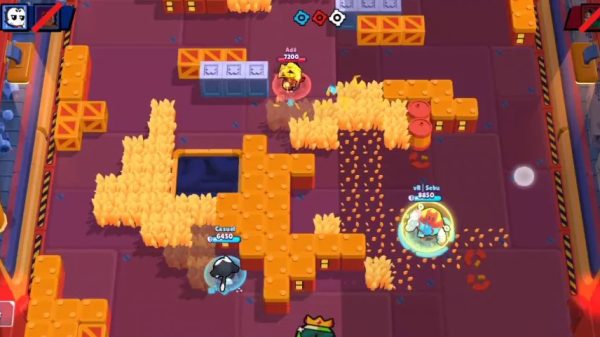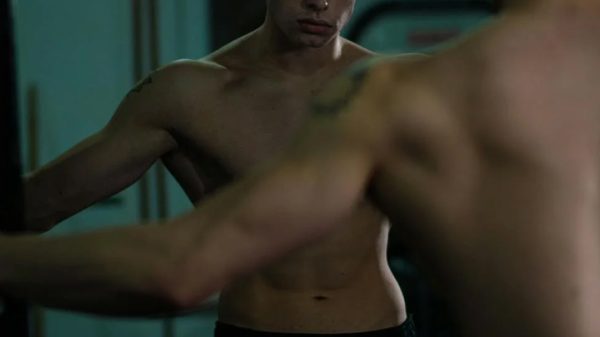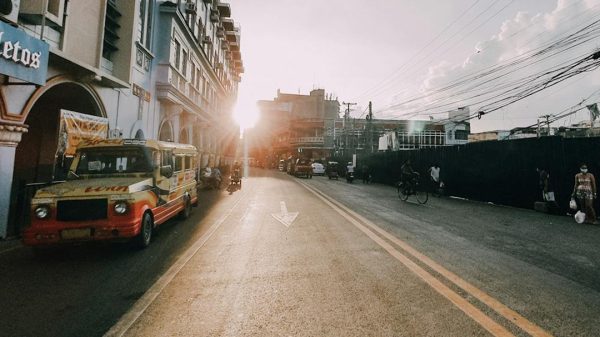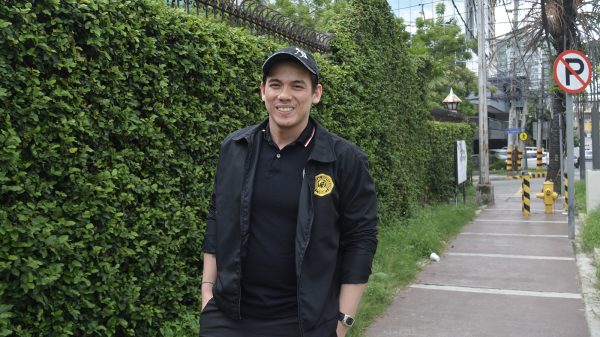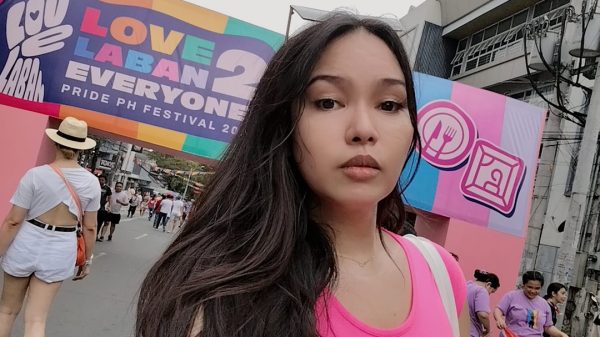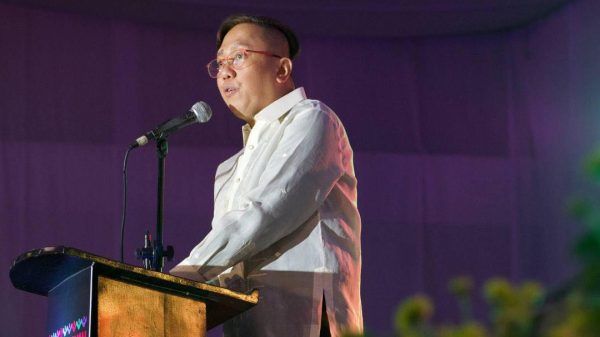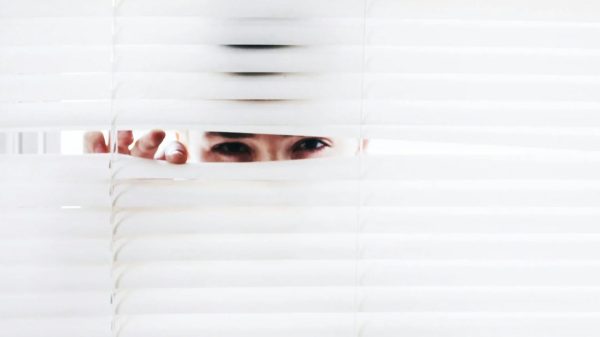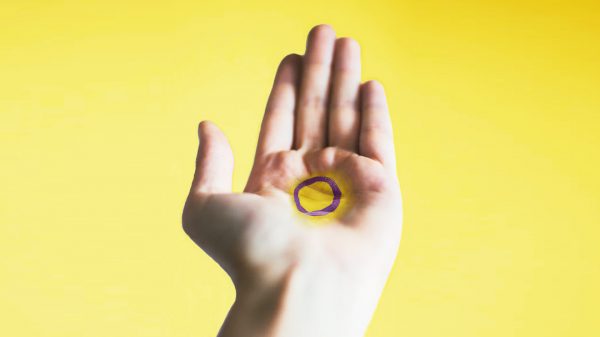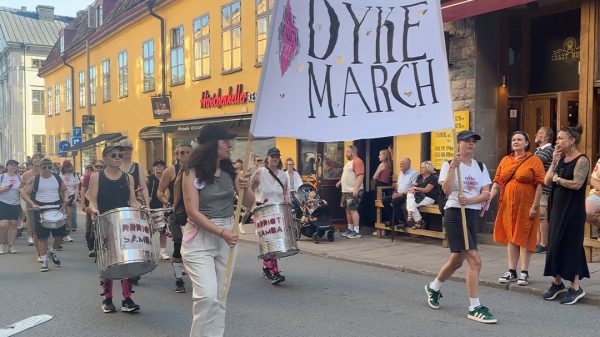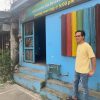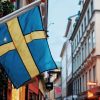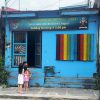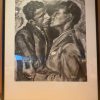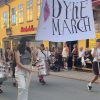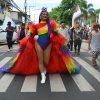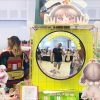Growing rainbow number.
Over 50,000 people gathered in Marikina City to attend the annual LGBTQIA Pride parade in a largely disorganized event affected by sporadic downpours and marred by event planning/execution issues. The Pride-goers gathered not just to show force and then party, but also to highlight the need to create safe spaces for LGBTQIA Filipinos.
While confusion continued to exist even during Pride day about what revelers were supposed to #ResistTogether – this year’s catchy theme – there was at least a call to recognize the sector (particularly with the number) by passing the anti-discrimination bill (ADB) that has been pending in Congress for two decades now.
And despite the numbers fascination, the total number of attendees is still undetermined even with the mandatory/forced registration of all participants (else not be allowed entry into the premises), with the information desk “told to say it’s 52,000” while a host inconsistently bragged figures reaching 70,000. All the same, this year’s number easily eclipsed last year’s estimated 25,000 revelers.
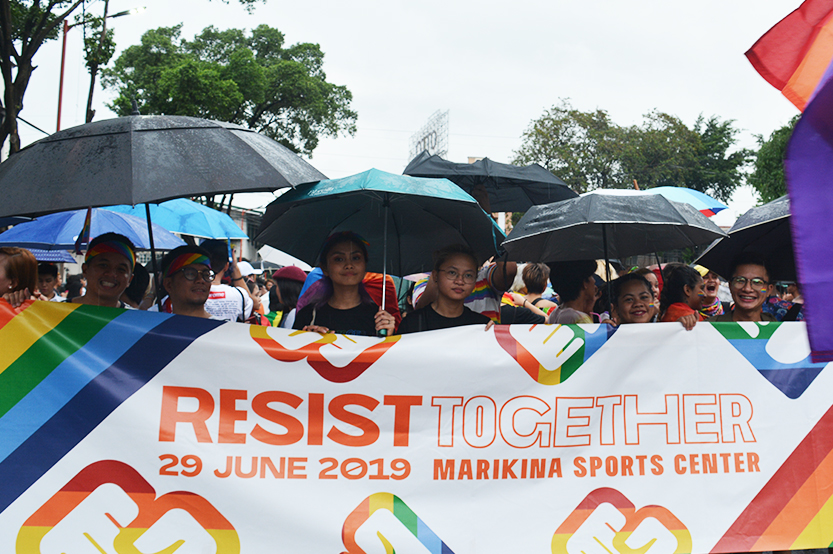
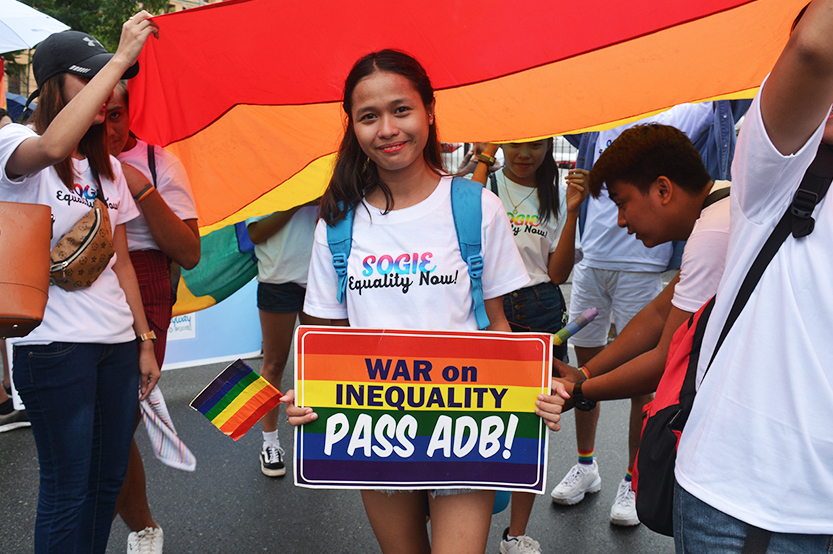
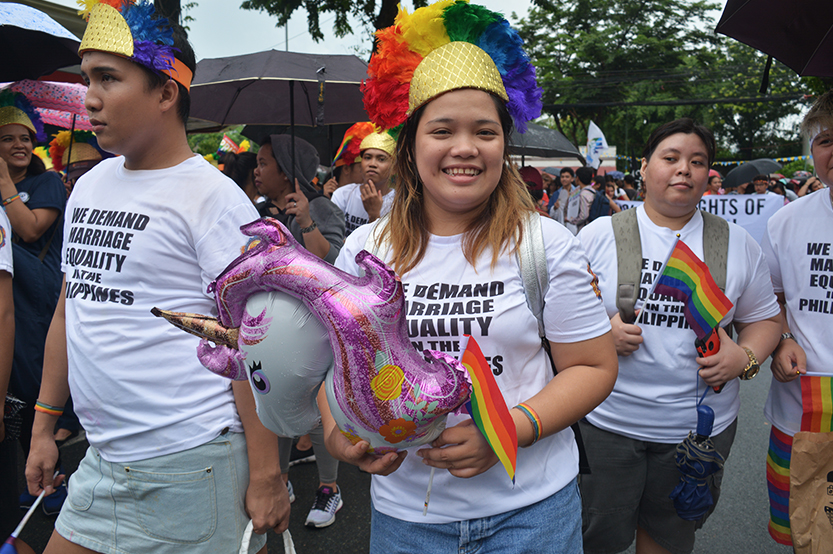
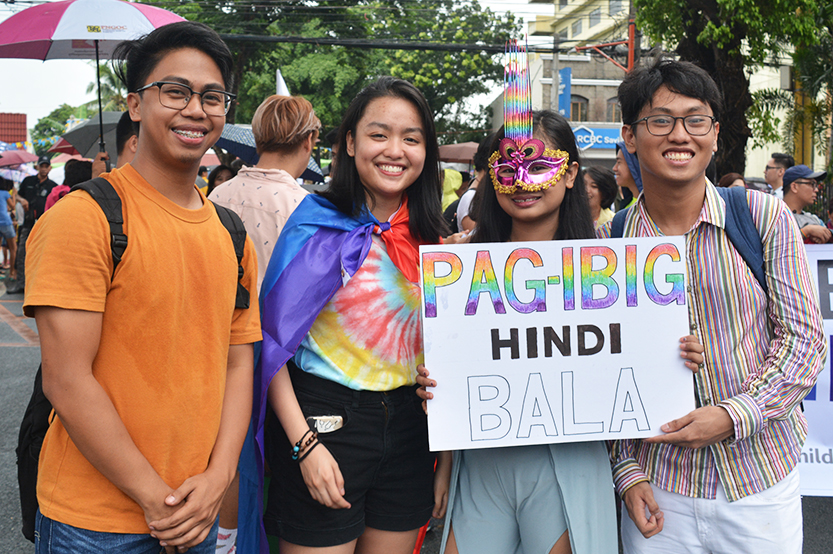
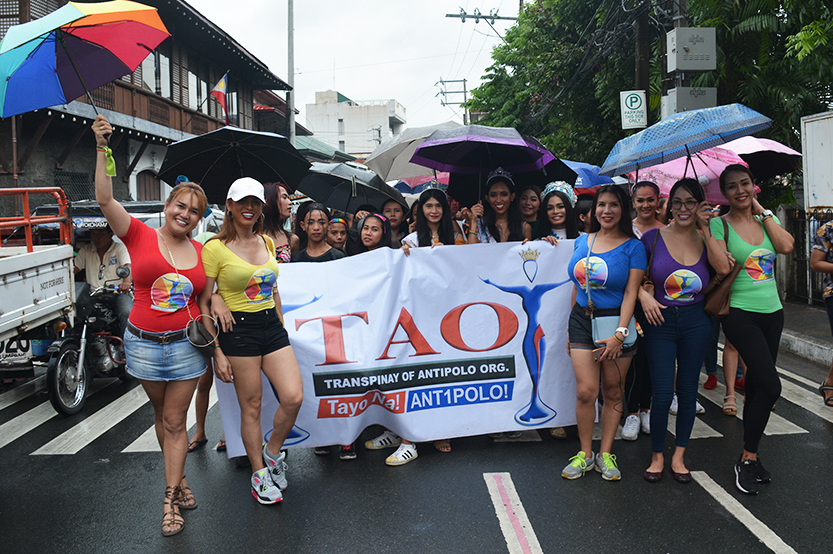
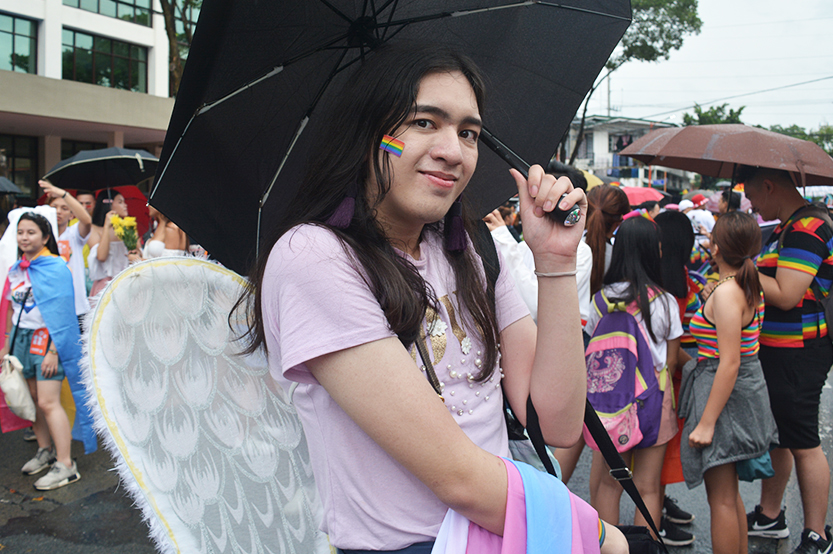

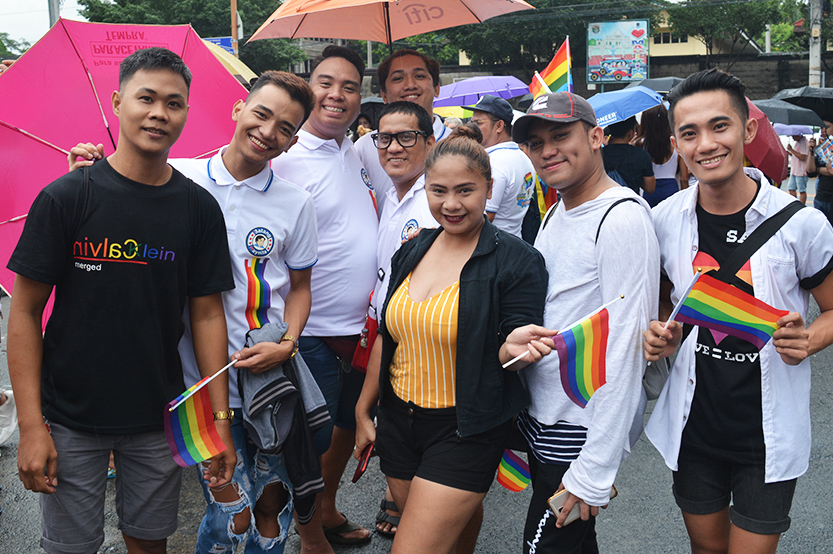
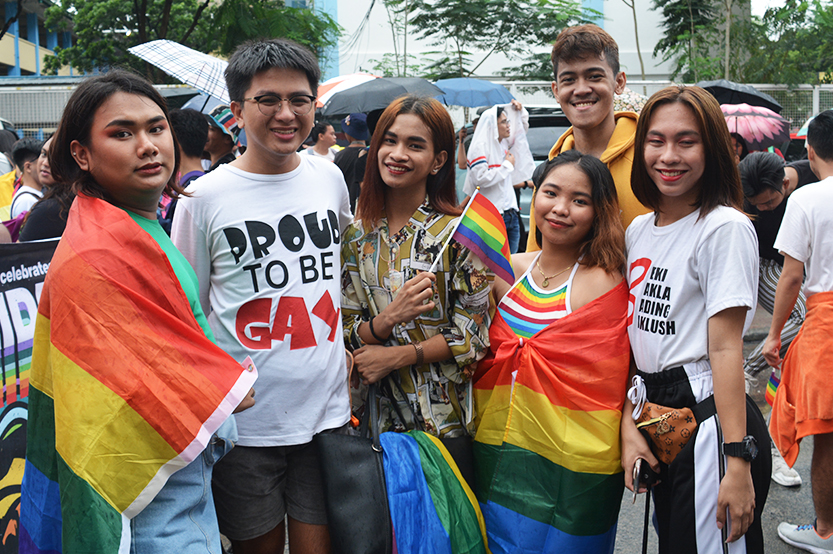

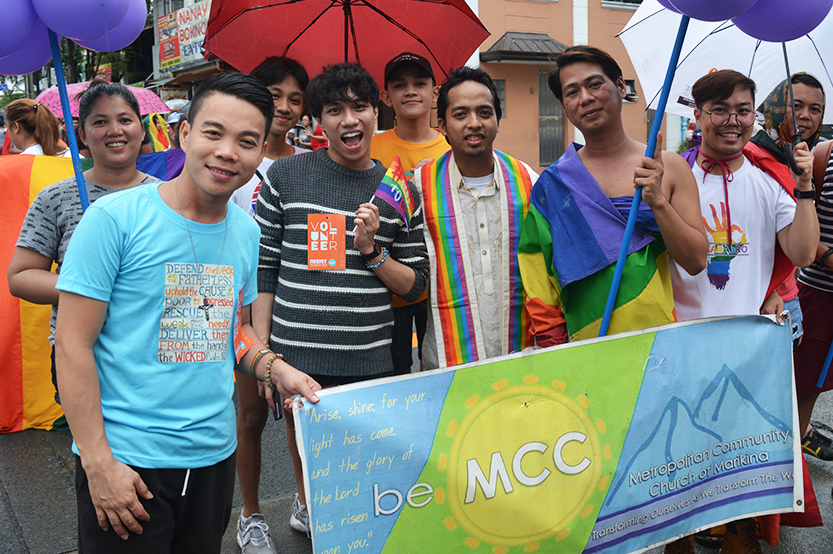
Notably, this year’s gathering attempted to “return” the format to the older Pride parades in Metro Manila by allowing various groups/organizations to speak onstage, as opposed to only those affiliated with the political party/leaning of the organizing Metro Manila Pride.
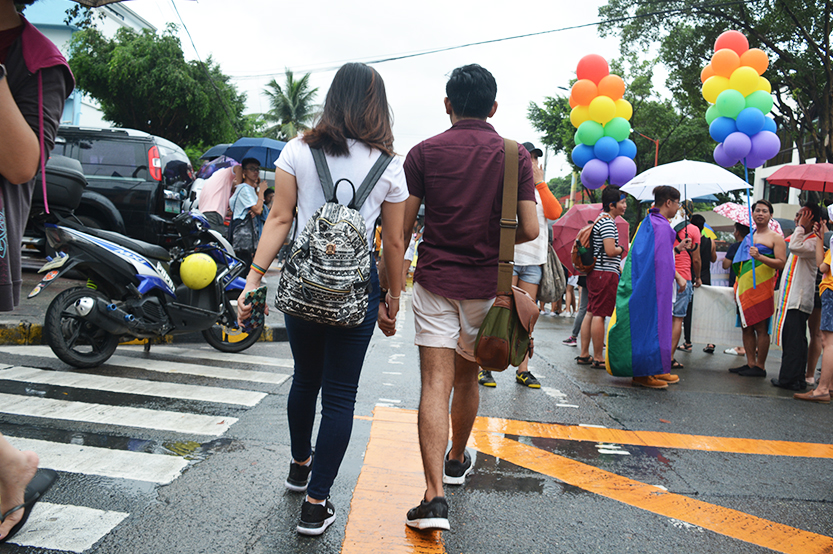
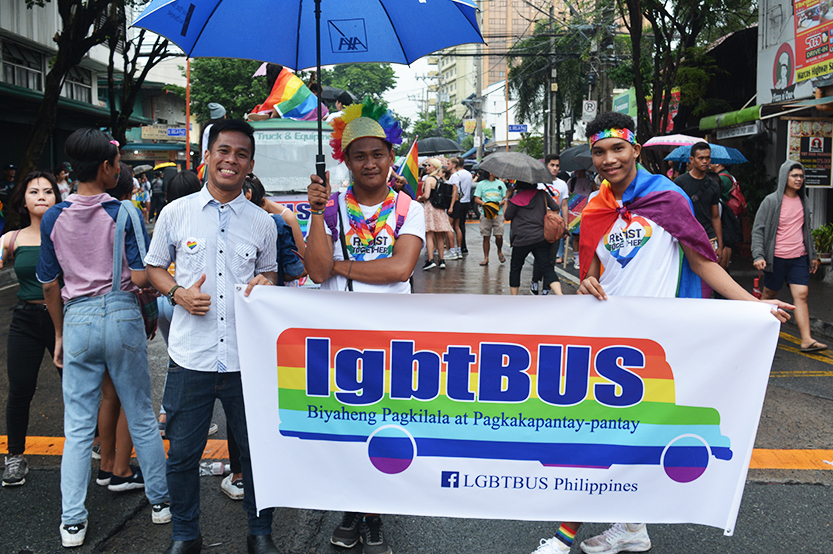
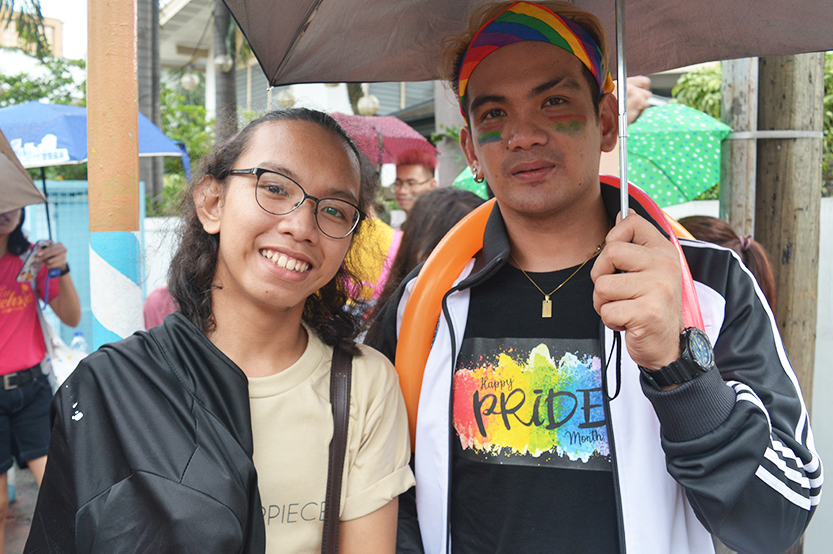
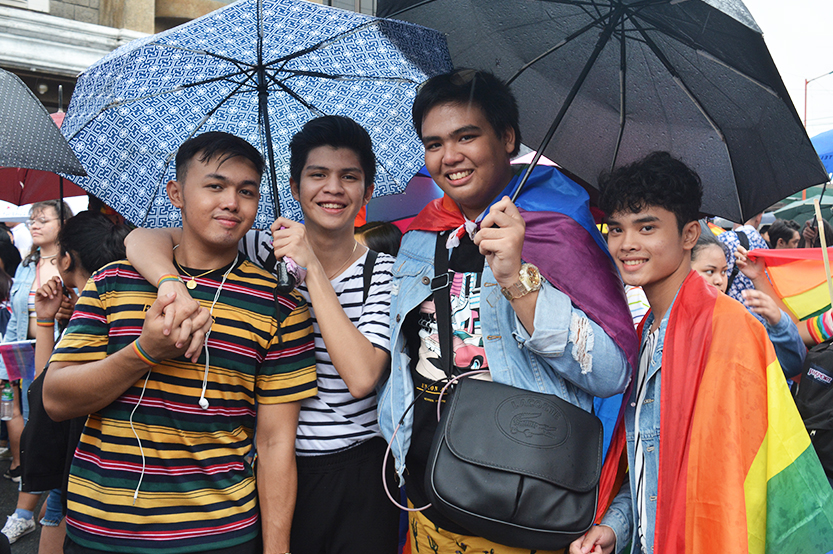
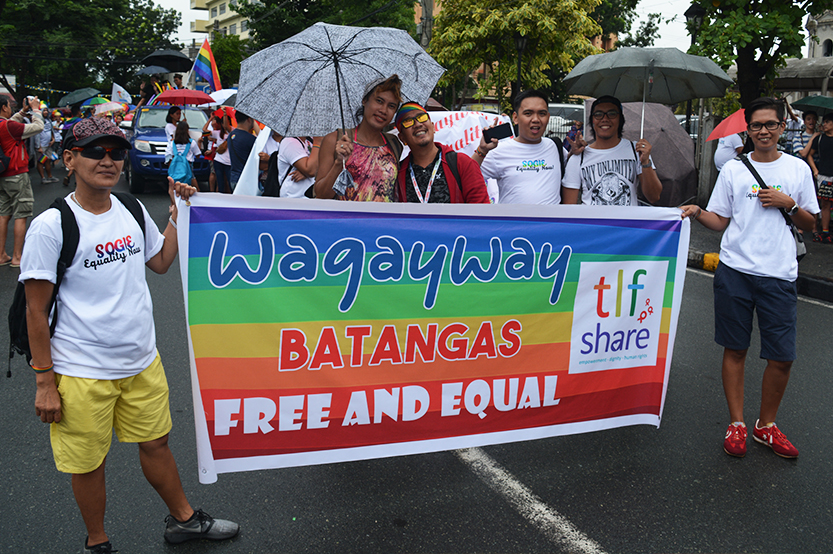
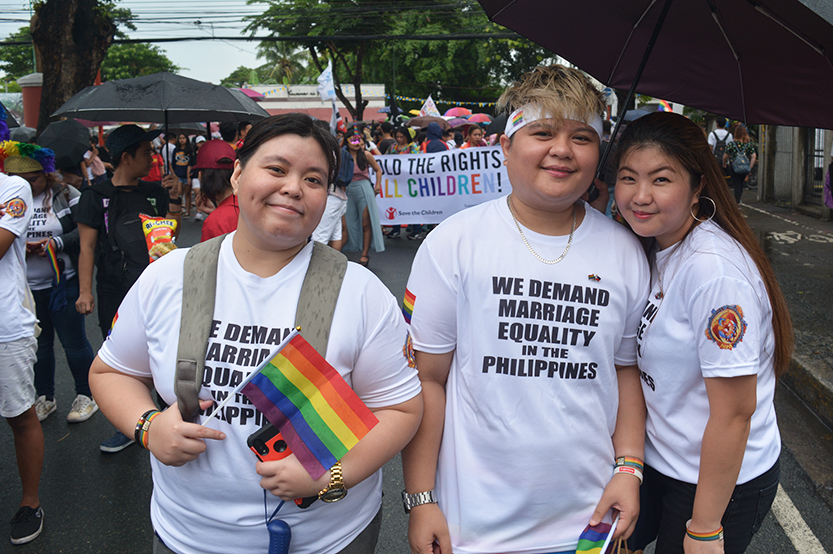
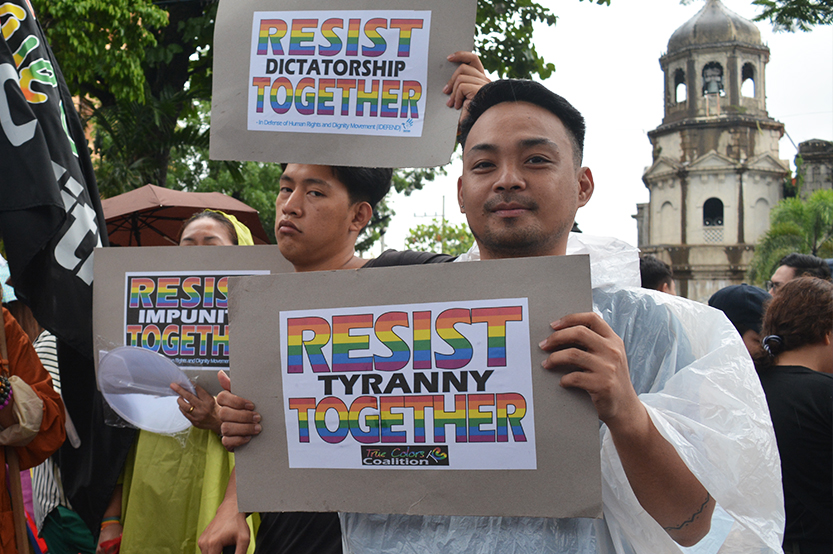
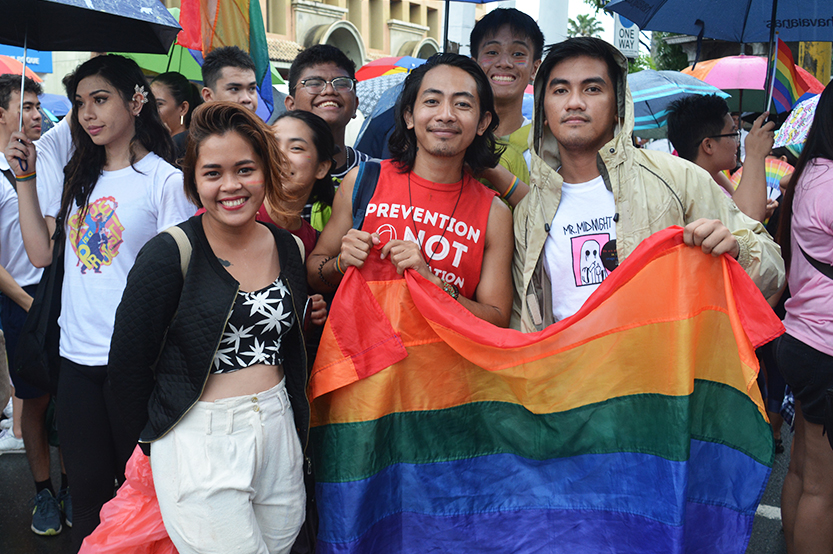


According to Regie Pasion, who helms LGBTbus, the Marikina-based LGBTQIA organization that helped in organizing this year’s Pride (and the gatherings in 2017 and 2018), “at it’s core, Pride remains a protest” and “will remain so until LGBTQIA human rights are recognized”.
Locally, for Marikina, while the ADB continues to languish, the city’s mayor Marcy R. Teodoro signed the local anti-discrimination ordinance (ADO), passed ahead of the Pride parade. In signing, Teodoroo said that the ADO will “nagbibigay sa lahat ng pantay at parehong karapatan sa trabaho, edukasyon, tirahan, at mga serbisyo ng pamahalaan (give everyone equal right to access education, work, accommodation and government services).”
The same ADO was passed after Marikina hosted the Pride parade for three years; pushed exclusively by the local LGBTQIA community.
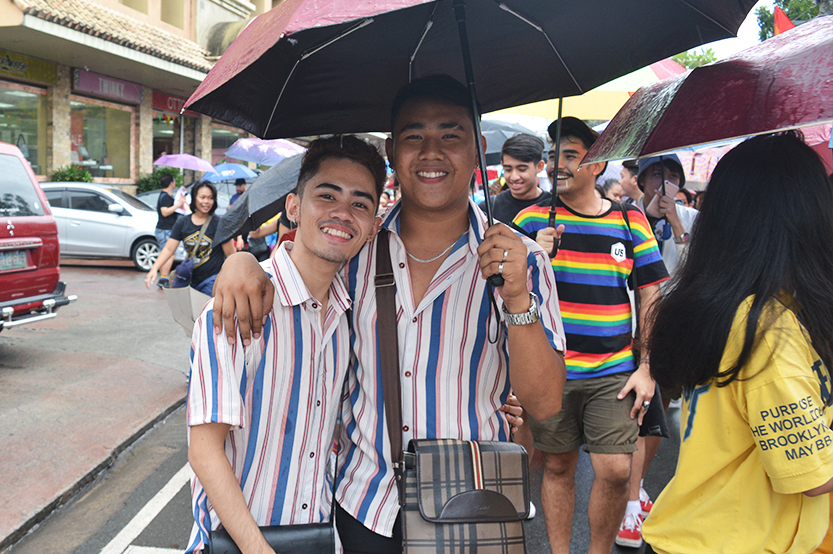

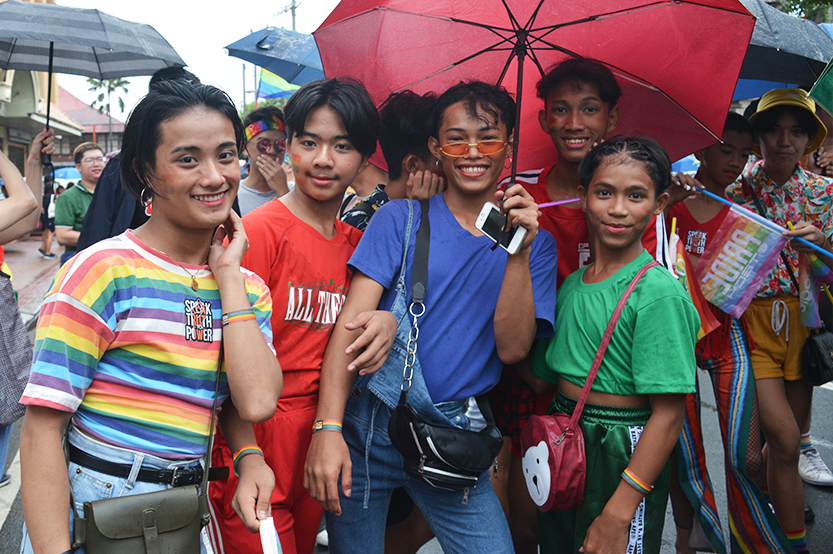

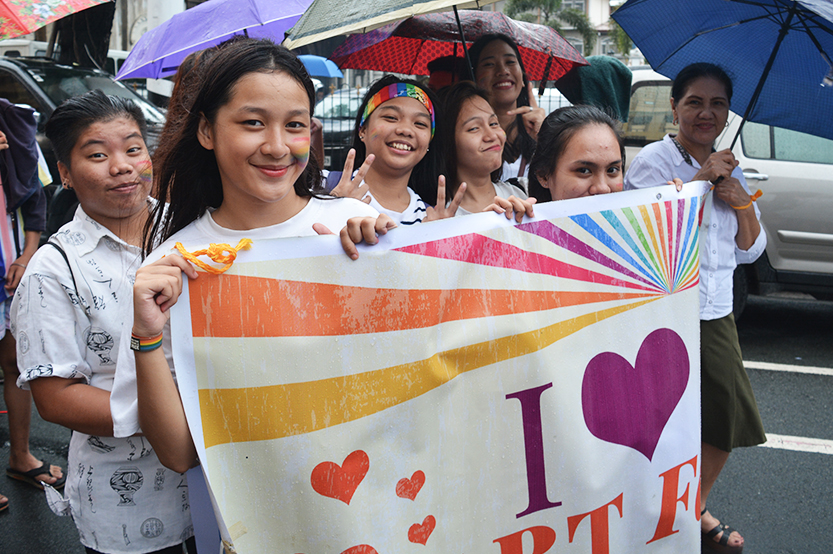



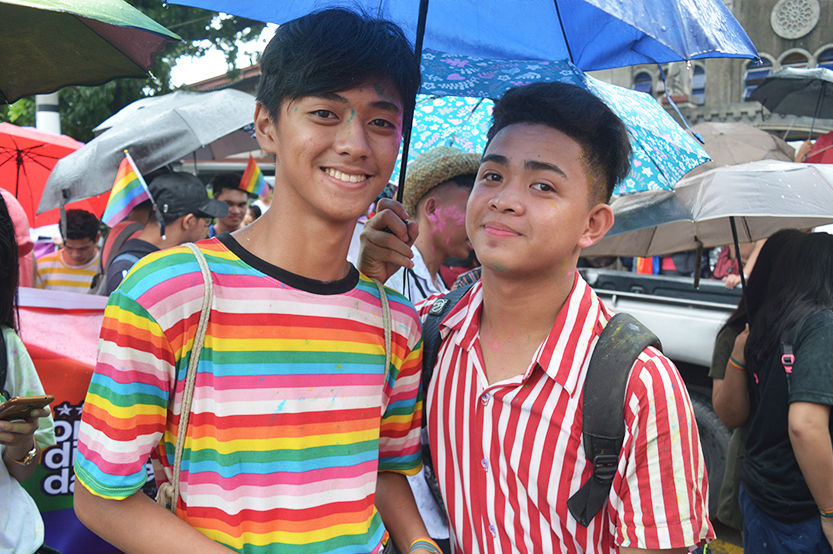
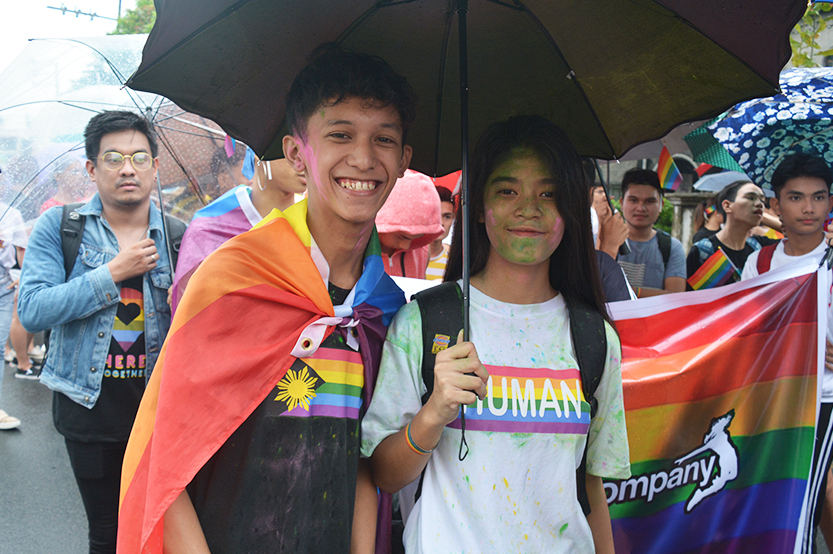
Coming from Lucena City to attend the 2019 Pride parade, Aaron Moises Bonette of QZN Pride and Bahaghari QZN said that the challenge remains “for us to utilize this same number to take the same streets to fight for our actual rights (and not just to parade),” he said.
Last year’s Pride parade, for instance, may have gathered over 20,000 revelers, but when it came to rally for the ADB, the organizers were not able to attract 50 participants.
“Don’t get me wrong: Reaching this big number is admirable. But Pride shouldn’t start and end in June. It should be done every day (hopefully by as many, or even by more) people until we are treated as equals. Otherwise, this thing we call ‘pride’ is but an ideal,” Bonette ended.
